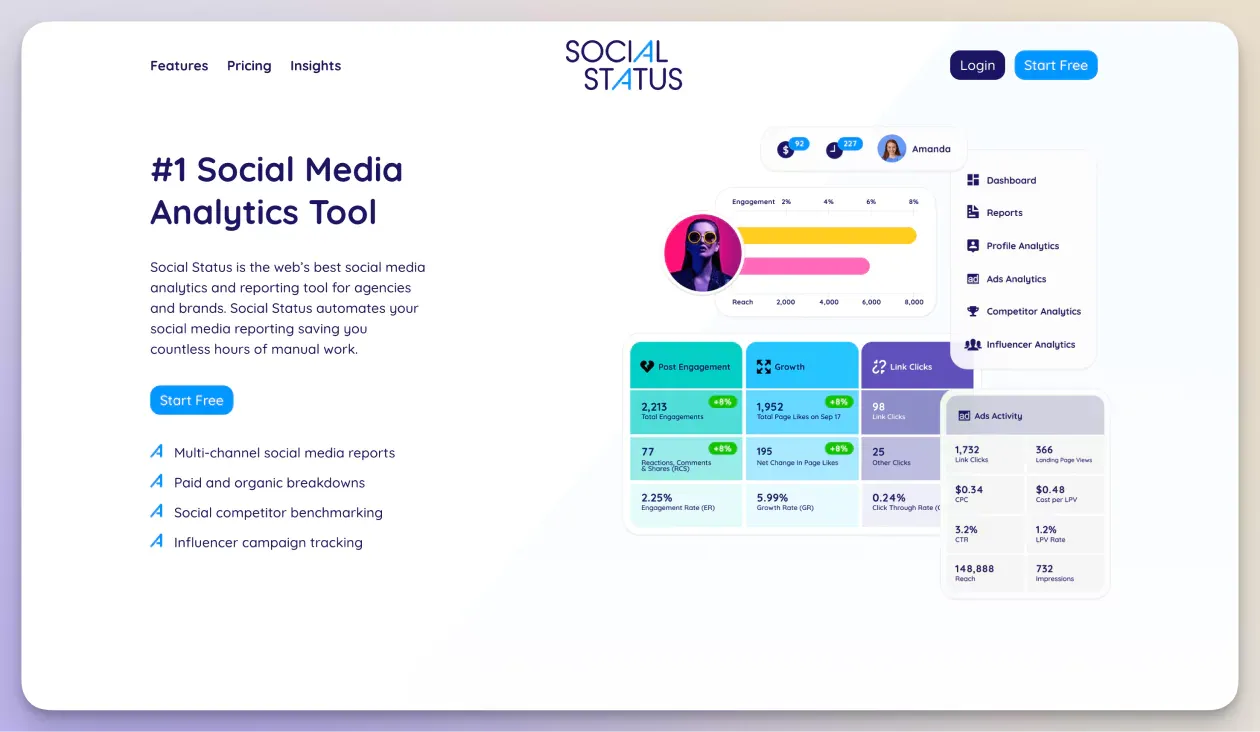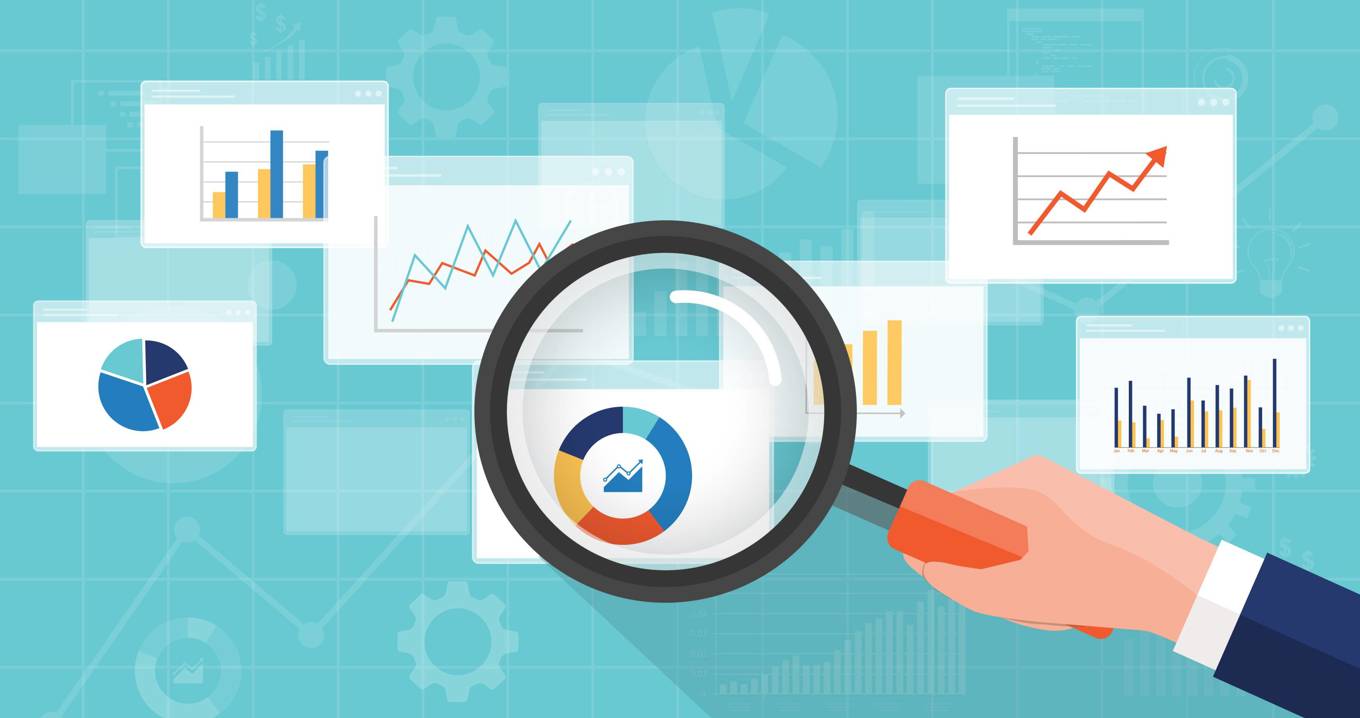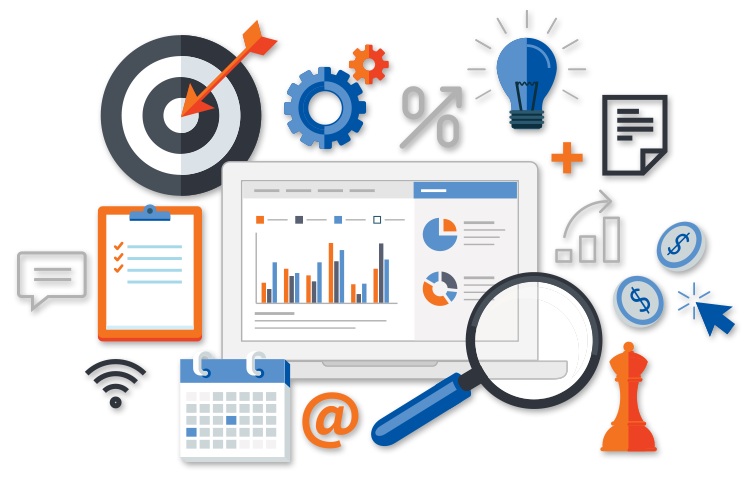Drive Development and Technology Through Smart Analytics Applications
Drive Development and Technology Through Smart Analytics Applications
Blog Article
Boost Effectiveness and Profitability Through Data Analytics
In today's data-driven landscape, services are increasingly acknowledging the pivotal duty of data analytics in boosting operational effectiveness and productivity. By systematically assessing data, companies can uncover essential insights that educate strategic decisions, simplify processes, and tailor customer experiences.
Recognizing Data Analytics
In today's data-driven landscape, comprehending information analytics is vital for companies aiming to improve functional performance and drive success. Information analytics entails the systematic computational analysis of information collections to reveal patterns, correlations, and insights that notify decision-making. By using various techniques, such as analytical analysis, maker learning, and predictive modeling, organizations can change raw information right into workable knowledge.
The procedure typically begins with data collection, where appropriate details is gathered from multiple sources, including transactional databases, customer interactions, and market trends. This data is then cleaned up and organized to make sure accuracy and consistency. Once the data is prepared, analytical tools and software program are used to check out and picture the details, allowing stakeholders to determine patterns and anomalies.
Inevitably, recognizing information analytics equips organizations to make informed choices based upon empirical proof as opposed to intuition. It helps with targeted approaches that can maximize source appropriation, boost client contentment, and improve total performance. As companies significantly identify the worth of data-driven understandings, a solid grip of data analytics comes to be an important competency for teams and leaders alike, placing them for continual success in an affordable atmosphere.

Key Advantages for Businesses
Businesses that take advantage of data analytics can unlock a wide range of benefits that significantly enhance their operations and productivity. One of the primary advantages is improved decision-making. Information analytics provides workable understandings derived from real-time information, allowing organizations to make informed options that straighten with market needs and consumer preferences.

Additionally, information analytics fosters improved customer experiences. By understanding customer actions and choices, organizations can tailor their offerings, resulting in increased complete satisfaction and loyalty. This individualized strategy often causes greater conversion prices and repeat company.
Additionally, information analytics enables organizations to determine arising opportunities and patterns. By staying in advance of the contour, organizations can maximize brand-new markets and technologies prior to their competitors.
Implementing Data-Driven Approaches
Successful implementation of data-driven techniques needs an extensive understanding of both offered data and business objectives sources. Organizations has to initially specify their goals clearly, guaranteeing placement between information efforts and tactical goals. This clearness enables groups to concentrate on pertinent metrics and insights that drive decision-making.
High-grade information is necessary for accurate analysis, as inadequate information can lead to misguided methods and wasted resources - Analytics. Organizations must develop procedures for information collection, cleaning, and administration to preserve visit homepage information honesty.
Furthermore, promoting a data-driven society is crucial. Workers in all degrees should be encouraged to take advantage of information in their day-to-day operations. Training programs and workshops can improve information literacy, empowering team to make educated choices based upon logical understandings.
Devices and Technologies Overview
A robust collection of tools and technologies is vital for companies intending to harness the full capacity of data analytics. These tools help with the collection, processing, and visualization of data, allowing organizations to acquire workable insights.
At the foundational level, information monitoring systems such as SQL data sources and NoSQL systems give reliable information storage and retrieval capabilities. For data processing and evaluation, shows languages like Python and R, in addition to structures such as Apache Spark, enable intricate estimations and artificial intelligence applications.
Visualization devices, including Tableau and Power BI, transform raw information into intuitive graphical layouts, making understandings accessible to stakeholders in any way levels. In addition, cloud-based systems like Google Cloud and AWS provide scalable storage and handling options, fitting the growing quantities of data organizations run into.
For sophisticated analytics, predictive modeling and AI-driven remedies are progressively adopted, permitting business to forecast trends and boost decision-making processes. Incorporating these tools right into existing process is critical; companies that effectively utilize this innovation can considerably enhance operational performance and drive earnings. Hence, buying the right tools and innovations is a strategic essential for any kind of data-driven organization.
Study of Success
Leveraging information analytics has led various companies to attain remarkable enhancements in effectiveness and productivity. One notable situation is a big retail chain that carried out anticipating analytics to optimize inventory click management. By analyzing historic sales data and client fads, the company decreased excess stock by 30%, causing substantial price savings and improved cash flow.
Another example can be found in the manufacturing industry, where a leading automobile producer used data analytics to improve its production processes. By keeping an eye on maker efficiency in real-time, the organization identified bottlenecks and inefficiencies, causing a 20% rise in general devices effectiveness (OEE) This not just boosted production rates but additionally decreased downtime and upkeep expenses.

These case researches show exactly how information analytics can drive calculated decision-making, optimize processes, and inevitably improve both efficiency and earnings across different sectors.
Final Thought
In verdict, the integration of data analytics into company operations presents considerable chances for improving effectiveness and earnings. By methodically examining information, companies can determine ineffectiveness, optimize customer experiences, and make informed choices.
In today's data-driven landscape, recognizing information analytics is crucial for companies intending to improve operational efficiency check it out and drive earnings. Information analytics includes the systematic computational analysis of information sets to reveal patterns, correlations, and insights that educate decision-making. Information analytics offers actionable understandings obtained from real-time data, permitting services to make educated choices that straighten with market needs and consumer choices.
High-grade information is important for accurate evaluation, as poor information can lead to misdirected strategies and wasted sources. Organizations should establish procedures for information collection, cleansing, and monitoring to preserve information stability.
Report this page